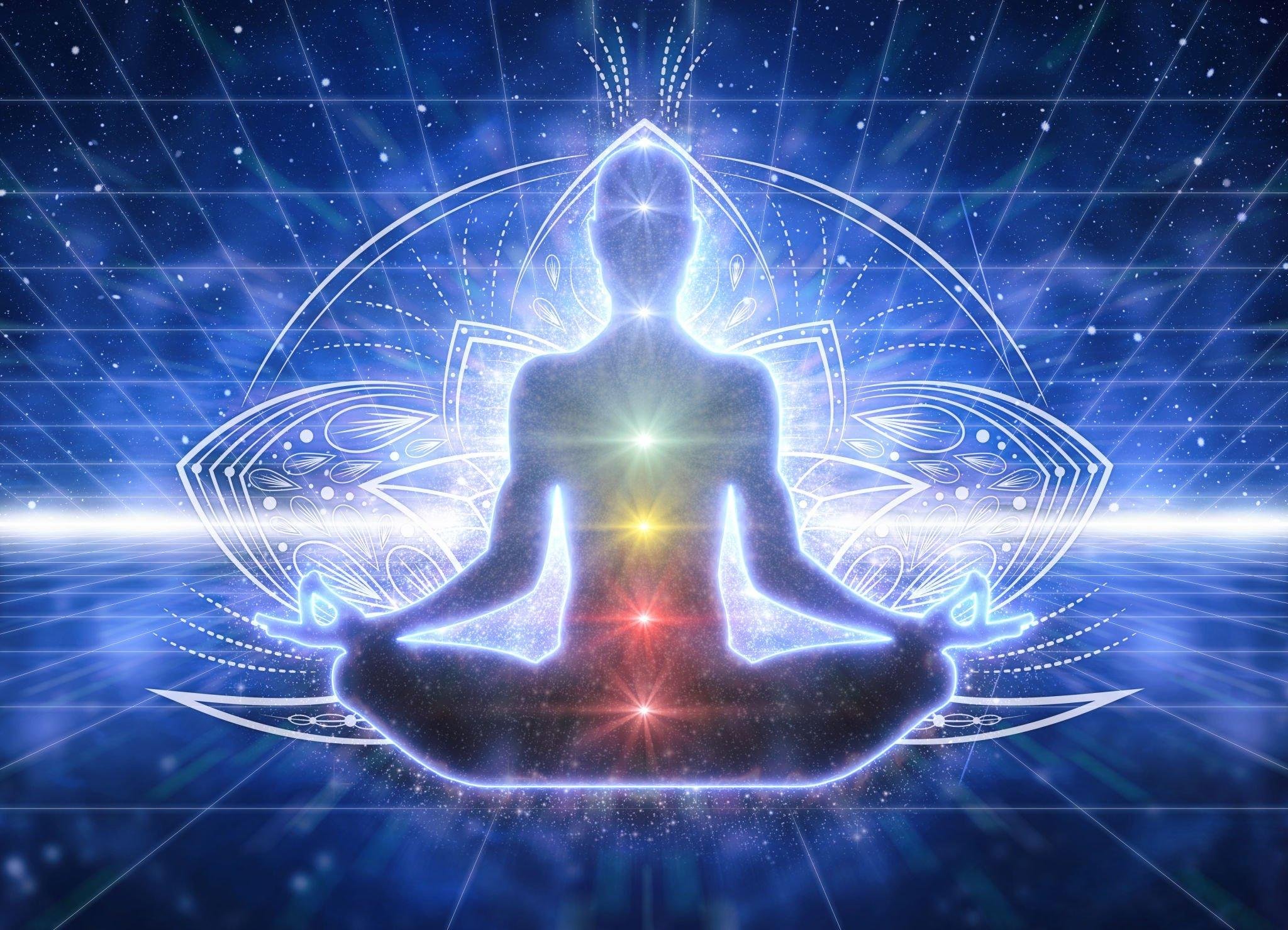Image Credit Rahul Pandit @lazyartistgallery
The Symbolism of the Ramayana: Unveiling Moral Values and Spiritual Wisdom
The epic story of the Ramayana, one of the most significant texts in Hindu mythology, holds profound symbolism that encompasses various aspects of life, spirituality, and moral values. Here are some key symbolic interpretations of the Ramayana:
Dharma and Righteousness: The Ramayana symbolizes the eternal battle between good and evil, righteousness and unrighteousness. The character of Lord Rama represents righteousness, duty, and adherence to dharma (moral and ethical principles). His actions and choices throughout the epic embody the ideals of righteousness and serve as an inspiration for individuals to uphold dharma in their lives.
Divine Incarnation: Lord Rama is considered an avatar (incarnation) of Lord Vishnu, the preserver in Hinduism. His birth and journey in the Ramayana symbolize the descent of the divine into the mortal realm to restore order, protect the virtuous, and vanquish evil. This concept emphasizes the divine presence within every individual and the potential for spiritual growth and transformation.
Sita as the Ideal Woman: Sita, Rama's wife, symbolizes the ideal woman in Hindu mythology. She embodies qualities such as purity, loyalty, devotion, and resilience. Sita's unwavering dedication to Rama and her courage in facing trials and tribulations reflect the strength and virtues of a noble woman. Her character represents the divine feminine energy and serves as a role model for women in their personal and spiritual lives.
Hanuman's Devotion and Service: Hanuman, the monkey god and a devoted disciple of Lord Rama, symbolizes unwavering devotion, selfless service, and boundless strength. His actions demonstrate the power of faith, loyalty, and the ability to overcome obstacles through devotion and surrender to the divine will. Hanuman serves as a symbol of perseverance, humility, and the unwavering spirit of devotion.
Ravana as Ego and Ignorance: Ravana, the primary antagonist in the Ramayana, represents the embodiment of ego, pride, and ignorance. His desire for power, possession, and his eventual downfall symbolize the consequences of unchecked ego and the importance of overcoming one's inner demons. Ravana's defeat by Rama represents the triumph of righteousness over ego-driven desires.
Moral Lessons and Ethical Values: The Ramayana imparts numerous moral and ethical lessons, such as the importance of loyalty, truth, honor, and the consequences of one's actions. It emphasizes the significance of fulfilling one's duties, maintaining integrity, and cultivating virtues for personal growth and societal harmony.
Spiritual Journey and Self-Realization: The Ramayana can be seen as a metaphorical representation of the spiritual journey and the quest for self-realization. Lord Rama's exile, battles, and eventual triumph symbolize the challenges, trials, and ultimate victory that individuals encounter on the path of self-discovery, self-mastery, and spiritual evolution.
The Symbolism of the Ramayana: Yogic Interpretation
In the context of yogic interpretation, the Ramayana holds deep symbolism that unveils the path to self-realization and the journey towards oneness with the supreme reality. Here are key symbolic elements from a yogic perspective:
Rama as the Supreme Reality: Yogis interpret Lord Rama as the embodiment of the supreme reality or the divine consciousness. Rama represents the highest truth, purity, and perfection. His character symbolizes the ideal state of self-realization, where the individual soul merges with the supreme Self.
Ravana as Identity with Ten Heads: Ravana, with his ten heads, is seen as a metaphor for the ego, the false identification with the limited self. Each head represents a specific aspect of the ego, such as pride, attachment, and desire. Ravana's defeat by Rama signifies the overcoming of the ego's illusions and the liberation from the bondage of self-identity.
Sita as the Jiva Seeking Union: In yogic interpretation, Sita represents the individual soul or jiva seeking union with the supreme reality. Her longing to live with Rama symbolizes the innate yearning of the individual soul to merge with the divine. Her subsequent kidnapping by Ravana reflects the entrapment of the soul in the illusory material world, driven by attachment and desires.
Hanuman as Life Prana: Hanuman, the devoted disciple of Rama, holds a significant yogic symbolism. He represents the life prana, breath and the vital energy that sustains and animates all beings. Hanuman's unwavering devotion, strength, and selflessness showcase the qualities needed to overcome ego and restore our true identity as beings united with the supreme Self. Yogis use breath control to realize oneness with the supreme reality also called Brahm. Ram is the state when one is aware of their true state as being one with Brahm, hence, the Avatar of Vishnu.
Ramayana: Unveiling the Vedantic Wisdom within the Epic
Vedanta, one of the six orthodox schools of Hindu philosophy, emphasizes knowledge, perception, and wisdom, particularly those related to Brahman or Brahm, the ultimate reality, and Atman, the inner self. In a Vedantic interpretation of the Ramayana, we can see these spiritual principles manifest in the characters, narratives, and underlying themes.
The first verse of the Isha Upanishad (also known as Ishavasya Upanishad) can be summarized as below.
ॐ पूर्णमदः पूर्णमिदं पूर्णात् पूर्णमुदच्यते। पूर्णस्य पूर्णमादाय पूर्णमेवावशिष्यते॥
"Om Poornamadah Poornamidam Poornaat Poornamudachyate. Poornasya Poornamaadaaya Poornamevaavashishyate."
That (the Absolute) is whole; this (the phenomenal world) is whole. The whole comes from the whole. Even when the whole is taken out of the whole, the whole remains whole.
What we often overlook is the fact that we are inherently complete and whole, created in the likeness of the infinite, as suggested by the verse. This oversight results from ignorance or forgetfulness of our true nature. The Ramayana symbolically represents our journey towards the rediscovery of this intrinsic wholeness. Rama, being an avatar of Vishnu, embodies this inherent divinity and true nature, serving as a guiding light on our path towards self-realization. The narrative of Ramayana mirrors our own human saga - a tale of forgetting our essential nature and then embarking on a transformative journey towards self-realization. Let us welcome you to the grand epic of Hinduism, a spiritual odyssey reflecting our pursuit of understanding our true selves.
The narrative of the Ramayana reflects our own human saga - a tale of forgetting our essential nature and then undertaking a transformative journey towards self-realization. So let us delve into this grand epic of Hinduism, a spiritual odyssey that mirrors our quest to understand our true selves.
At this point, you may wonder: why did we forget our true nature, and how do we realize it again? The Ramayana offers insights into this journey back to our true nature. Rama represents the knowledge of unity with the supreme, thus the Ramayana essentially guides us towards liberation from the ignorance of our true nature.
A key step in this journey, as depicted in the Ramayana, is represented by the character of Dasharatha, the king of Ayodhya and Rama's father. The term 'Dasharatha' translates to 'one who has control over the ten senses', signifying the importance of sensory control in spiritual development. The three wives of Dasharatha symbolize the three essential skills or attributes necessary on this path: expertise (Kaushalya), skill (Kaikeyi), and compassion (Sumitra). This profound symbolism helps us understand the multifaceted nature of our journey back to our true, divine self.




